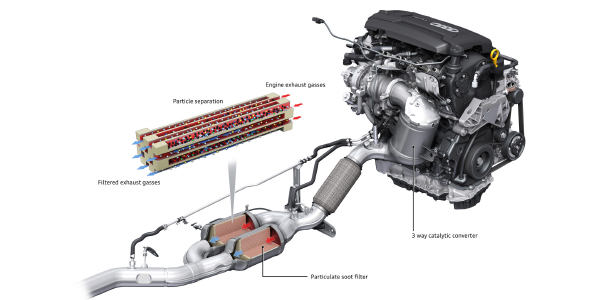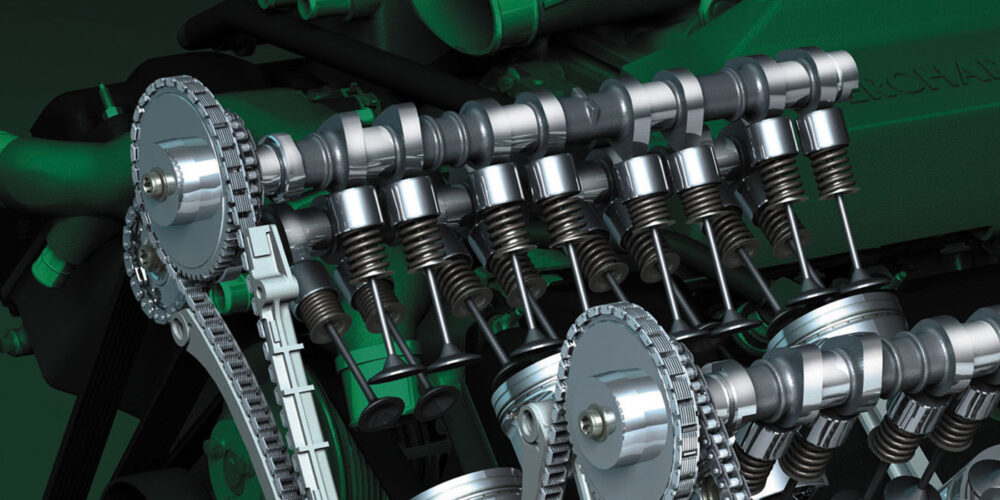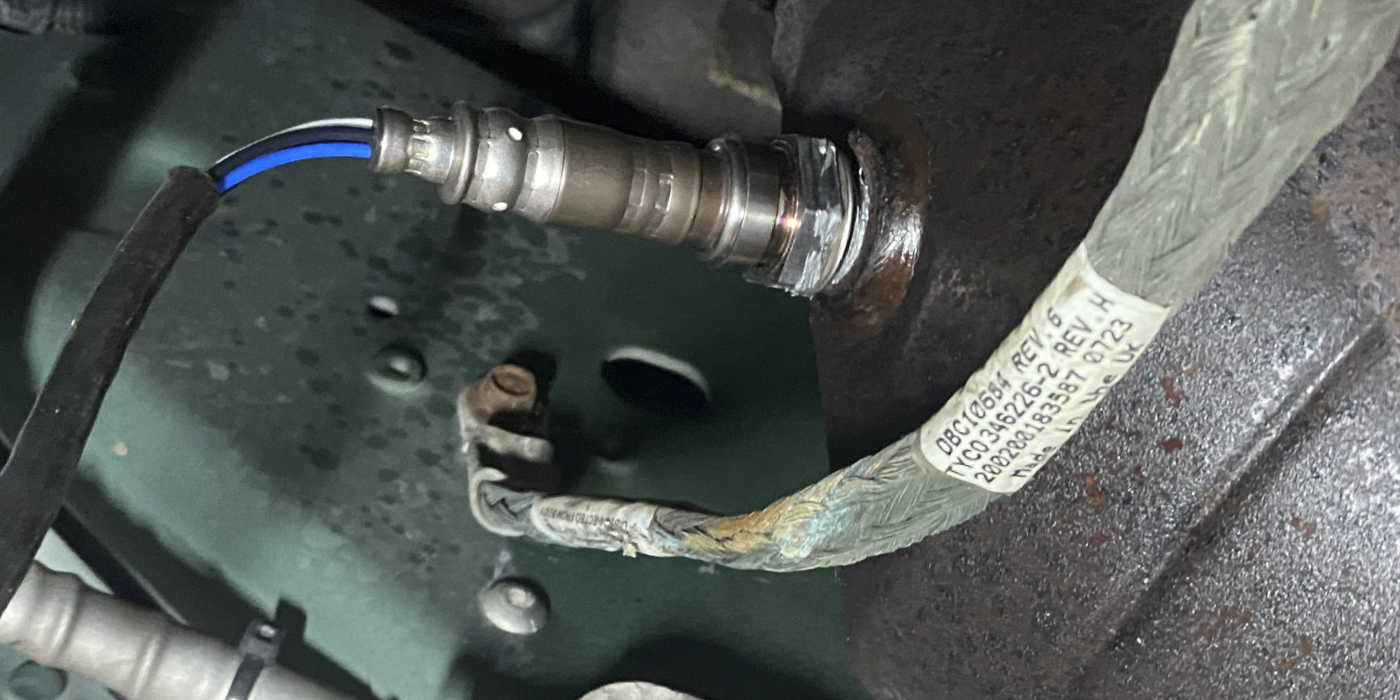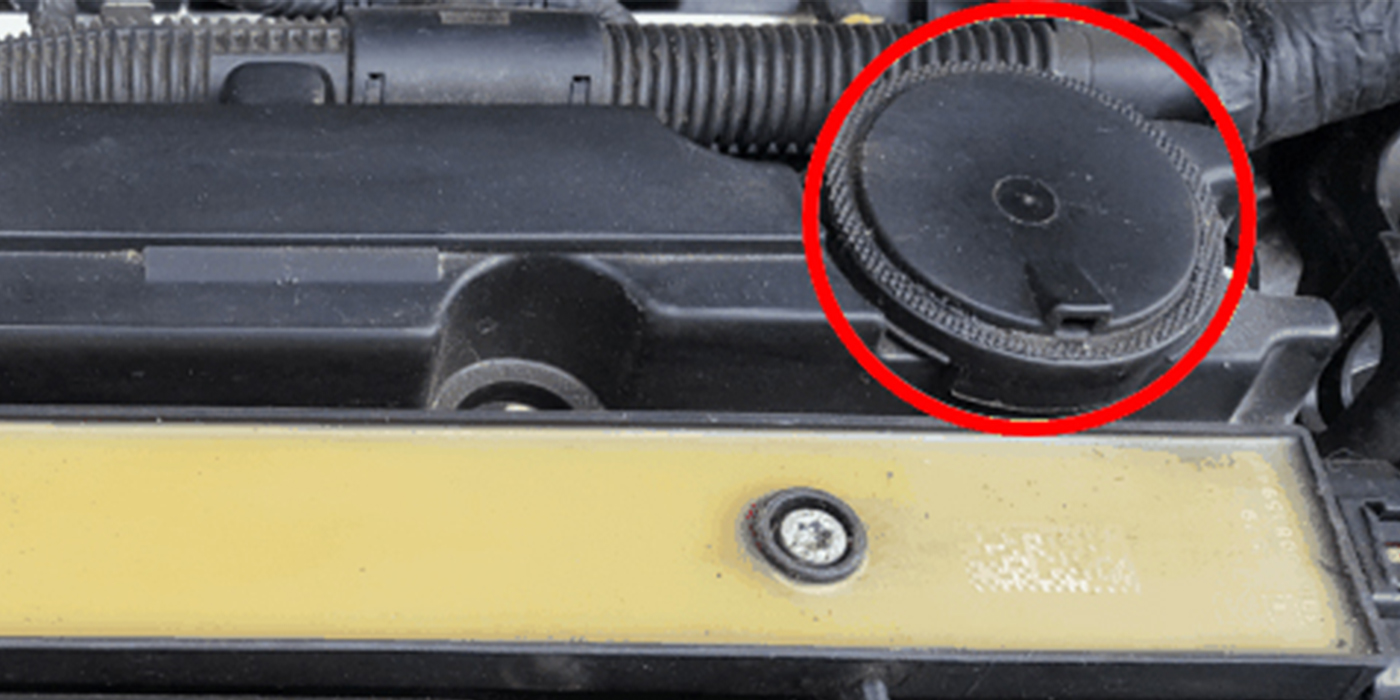Since the introduction of the OBD II system, manufacturers have continued to improve on the monitoring of evaporative emissions, with the complete evaporative system being under a scrutinized surveillance. Codes like P0440 to P0456 are all related to the fuel vapor control, including leaks.
Starting early this century, manufacturers have increased the development of fuel vapor retention, preventing the vapors from escaping into the atmosphere. This prompted many changes in the design and location of certain components such as charcoal canisters mounted near the fuel tank.
A fuel tank pressure sensor is used to monitor the pressure decay in the system during the testing and will turn on the check engine light if the pressure decay moves out of specification. Remember that the evaporative system test will not be performed if the fuel level is below a 1/4, as it would cause for too much pressure buildup in the tank or simply would take too much time to build any pressure.
A helpful tool to identify leaks is a smoke-generating machine. During the smoke machine process, loose or broken hoses are usually identified as the main cause of evaporative failures. An additional component has started to surface and is becoming the leading cause of evaporative emissions leaks — the fuel filler neck.
Most fuel filler necks are made of steel and are secured to the fuel tank via a rubber hose. The fuel filler neck is usually enclosed in the rear fender well, where an accumulation of dirt and debris causes the filler neck to rust and leak. These models are hard to diagnose, as the inner fender protection must be removed to get access. Others are totally exposed behind the fender where plashing and road debris erosion removes paint and perforates the filler neck.
The filler cap, which besides not being properly secured after refueling, may cause multiple failures of the system as well. The fuel filler cap may have a defective control valve and prevent pressure hold in the system. Second, the filler neck itself may have rust on the outer seam, which will prevent the cap from sealing properly to the filler neck. On some models, the part where the cap screws on is made of plastic and can be damaged by the fueling nozzle when inserted during refill, which will prevent proper sealing.
All of these situations will cause the check engine light to turn on. Make sure to implement fuel filler neck inspection into your regular vehicle maintenance or during fuel tank removal to prevent comebacks.
Courtesy of Spectra Premium.













